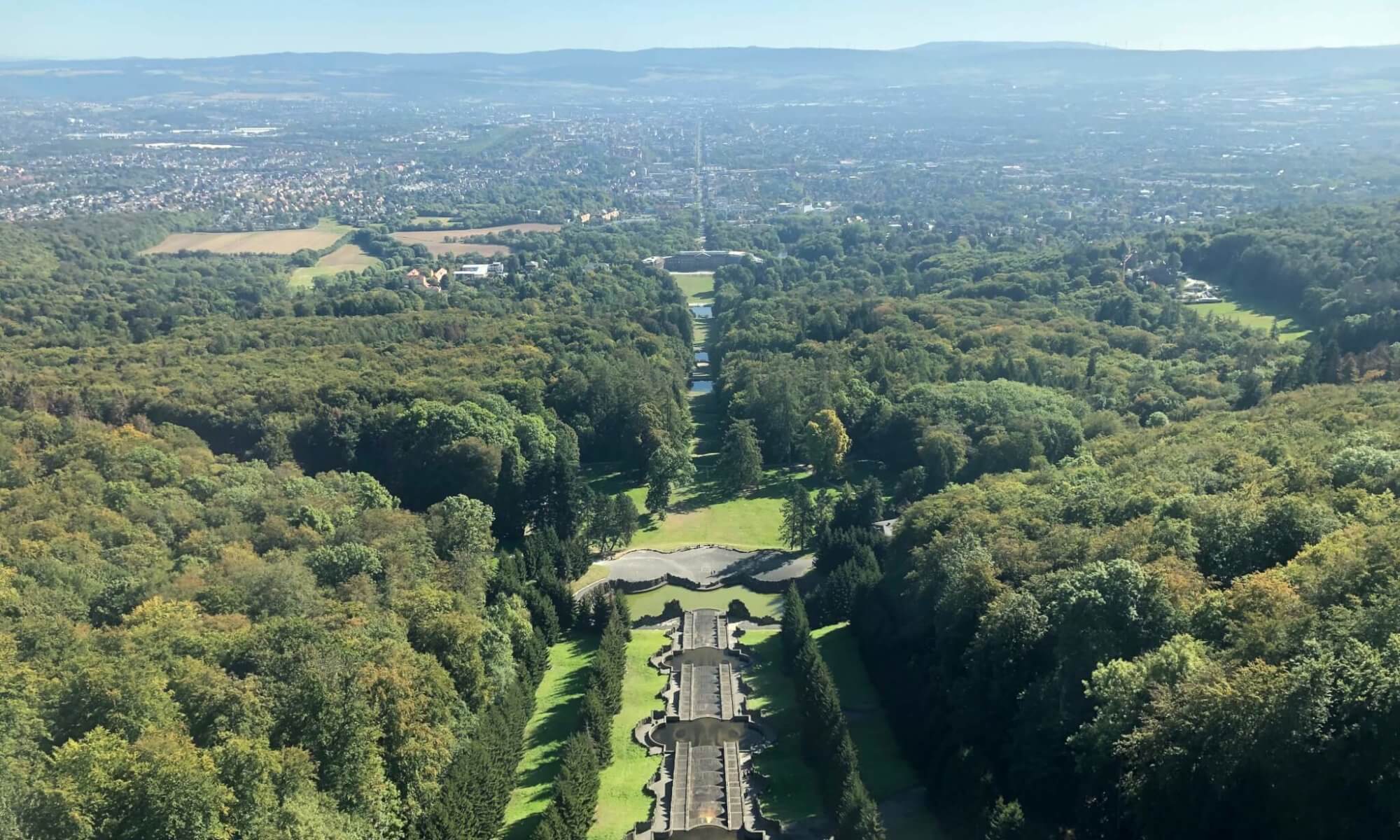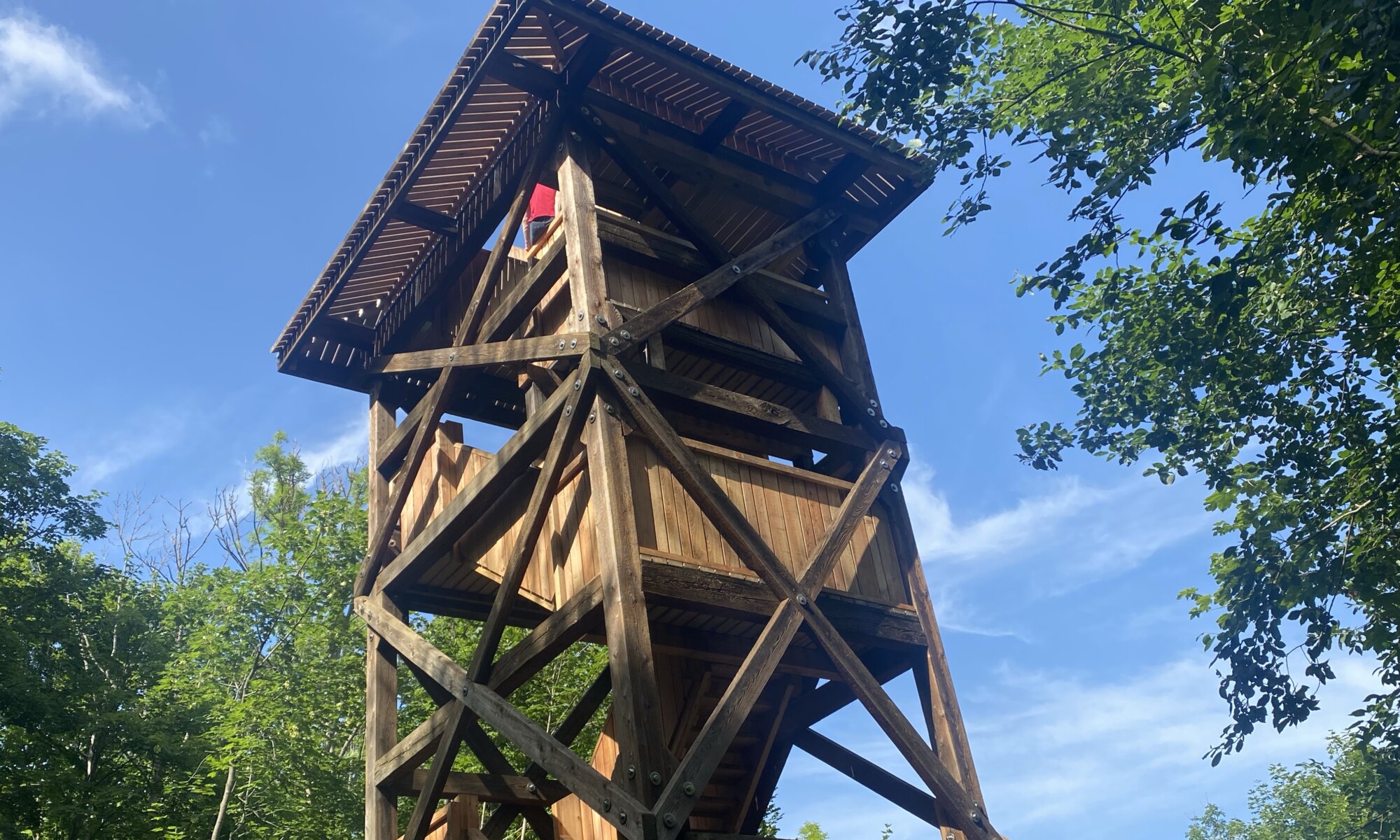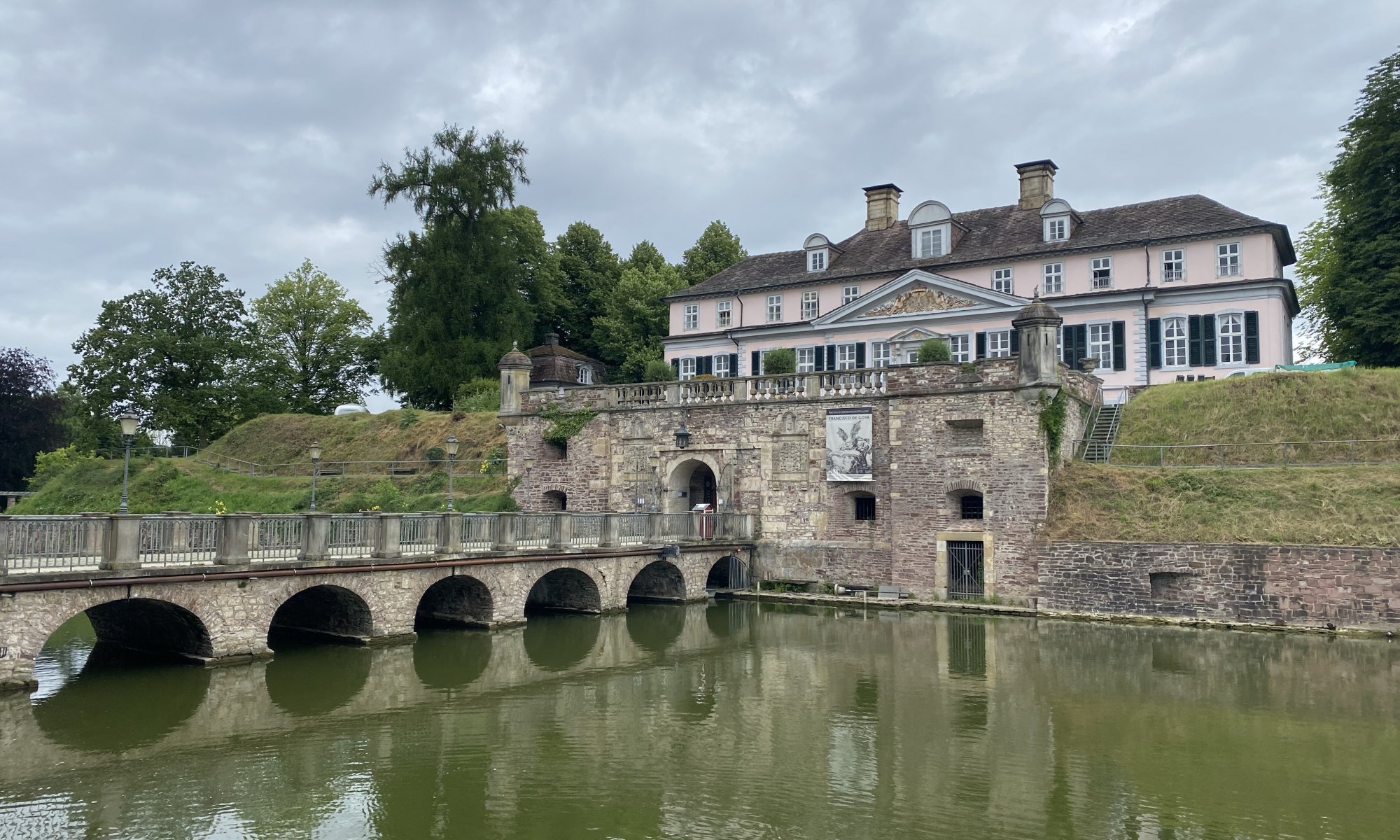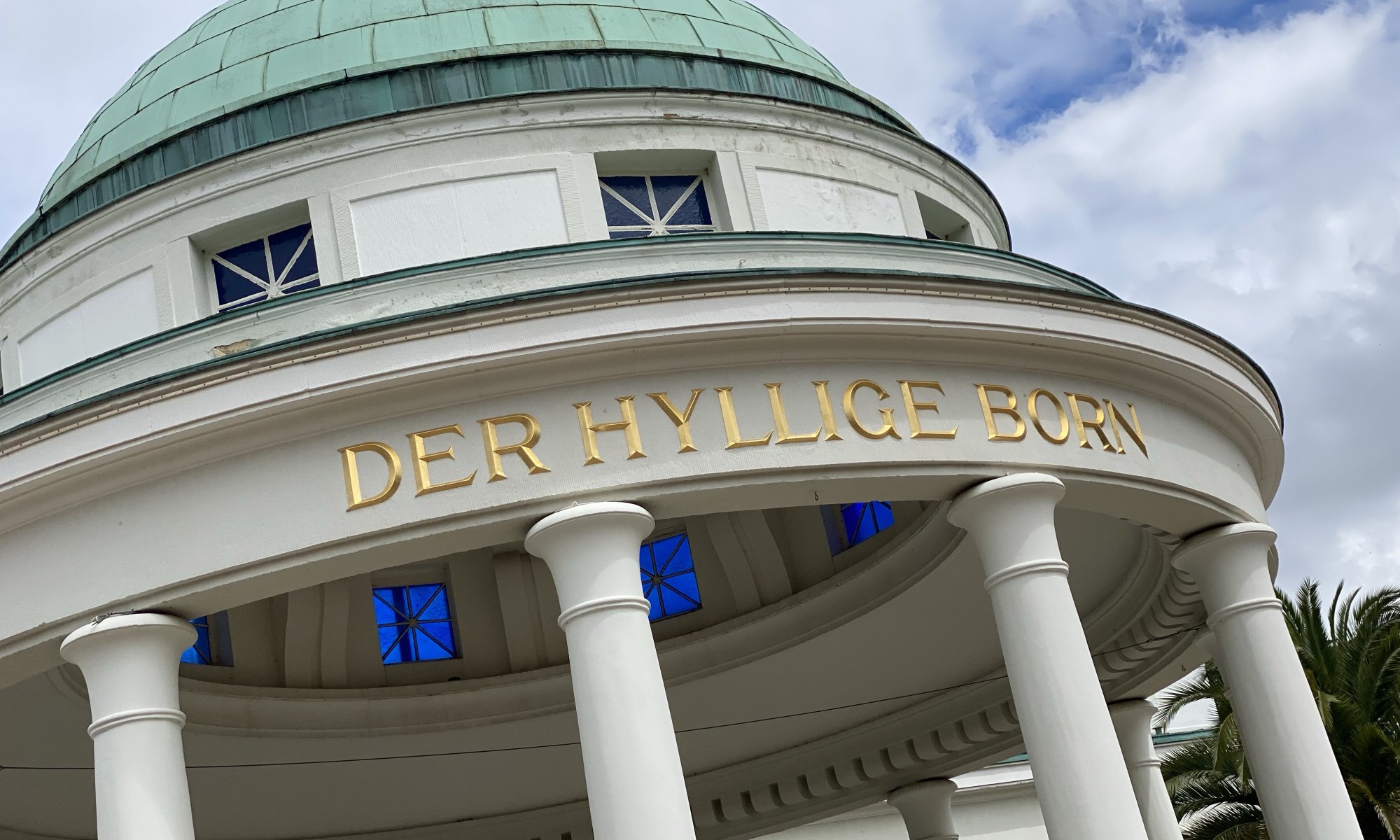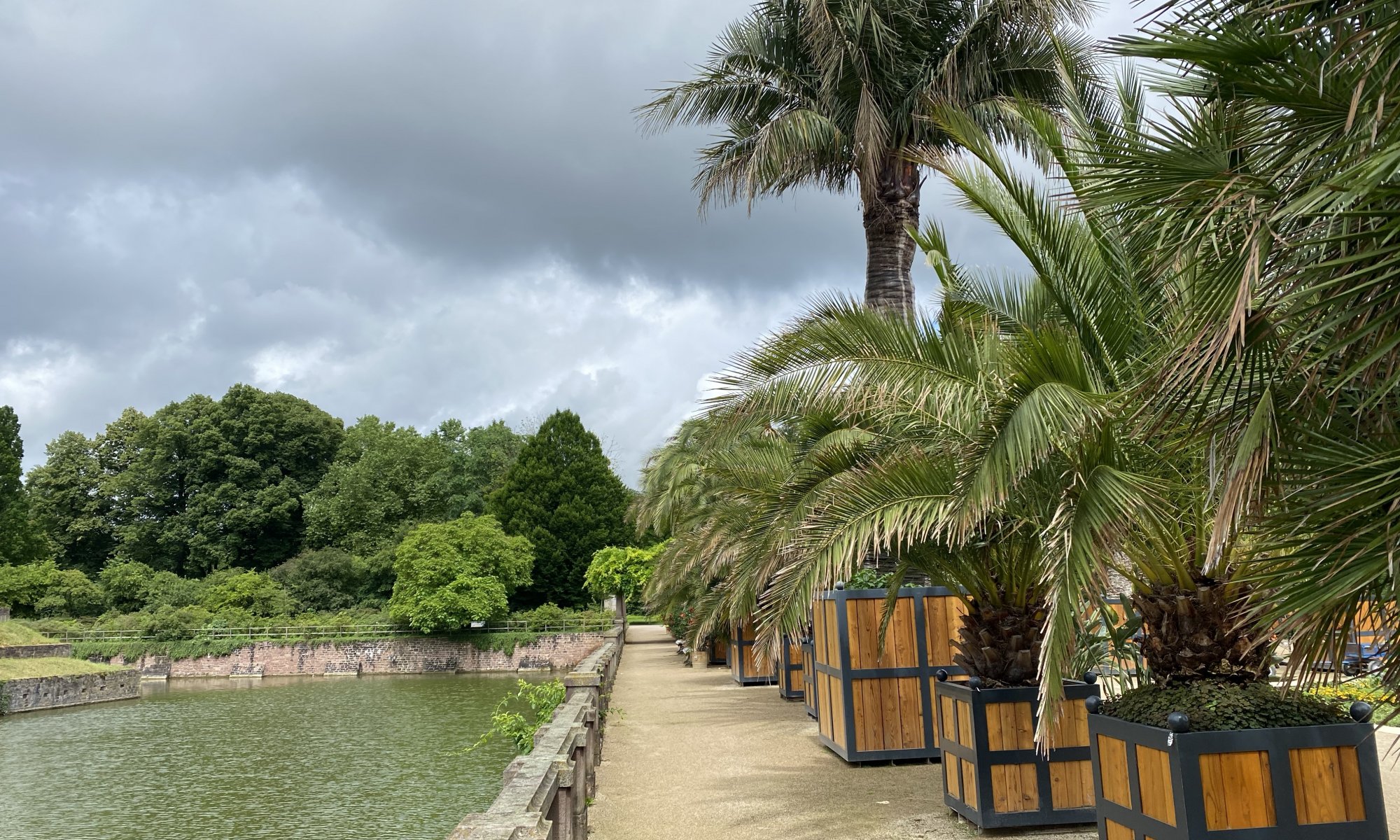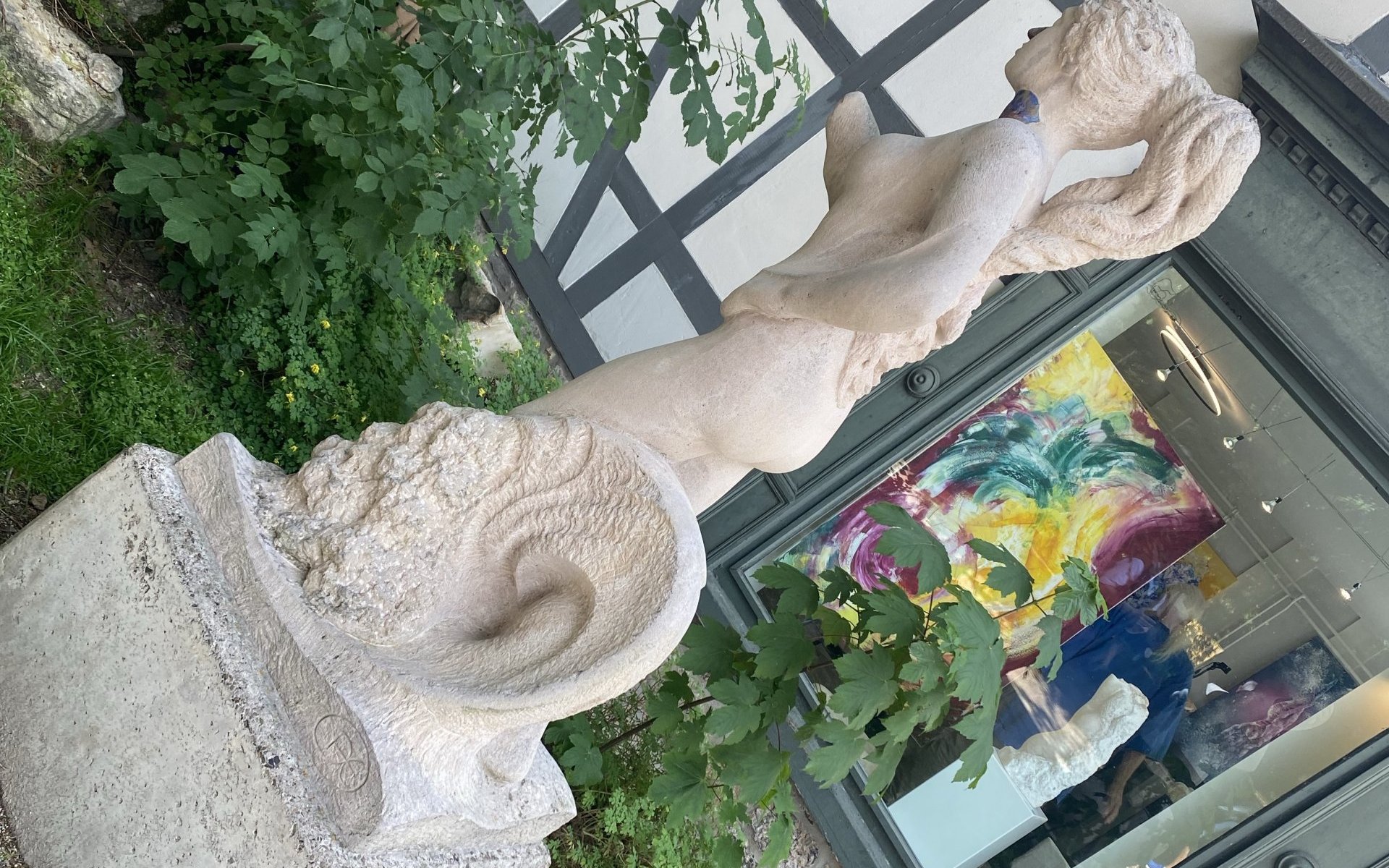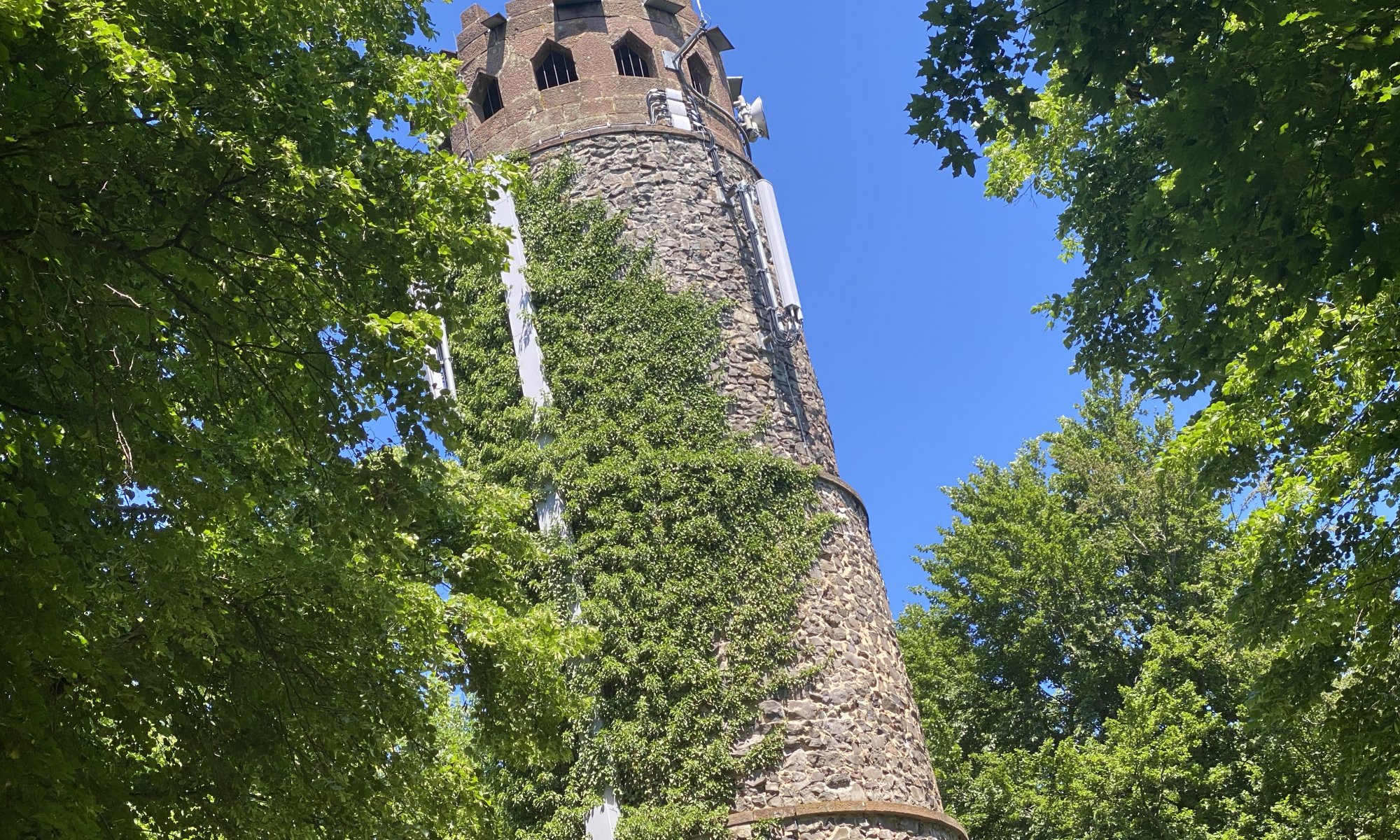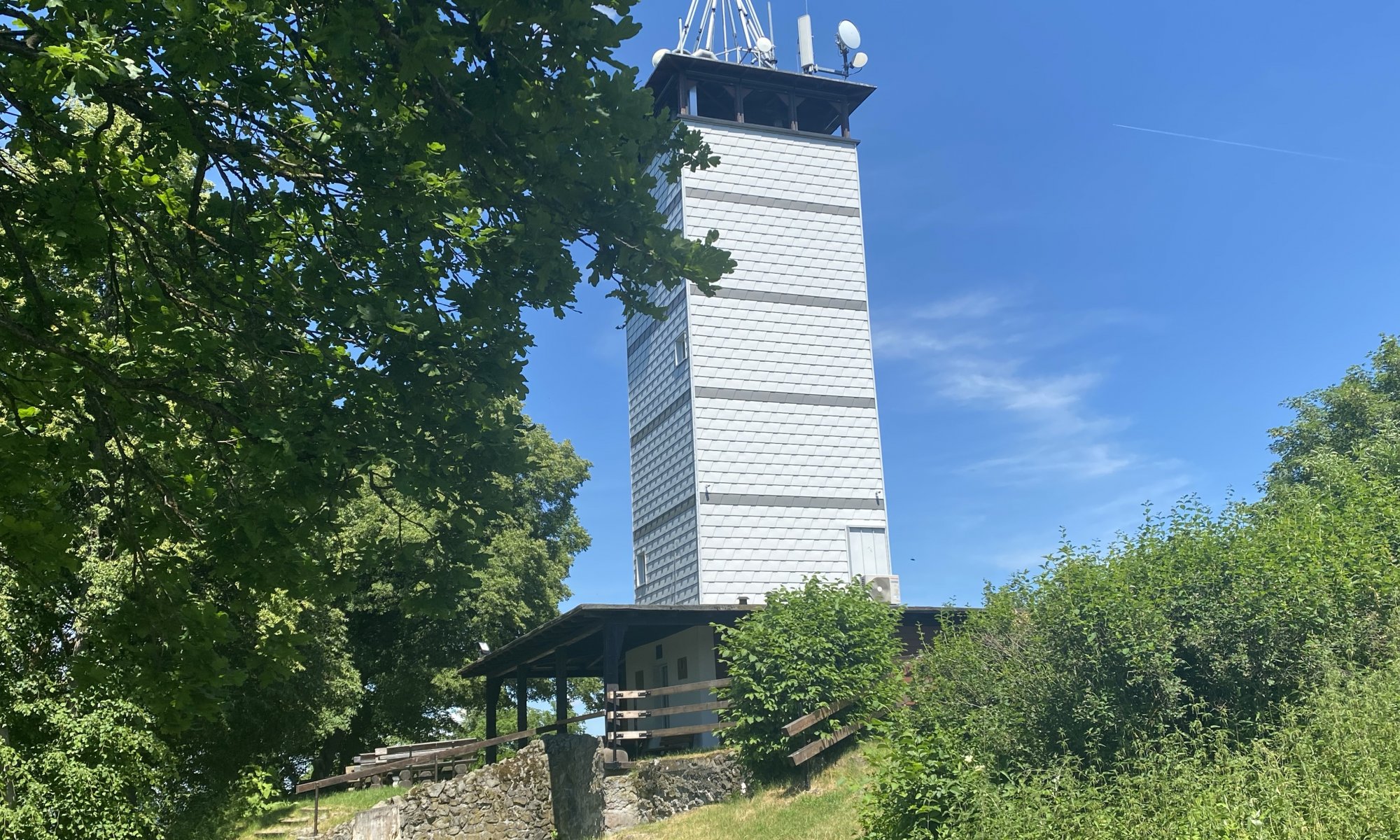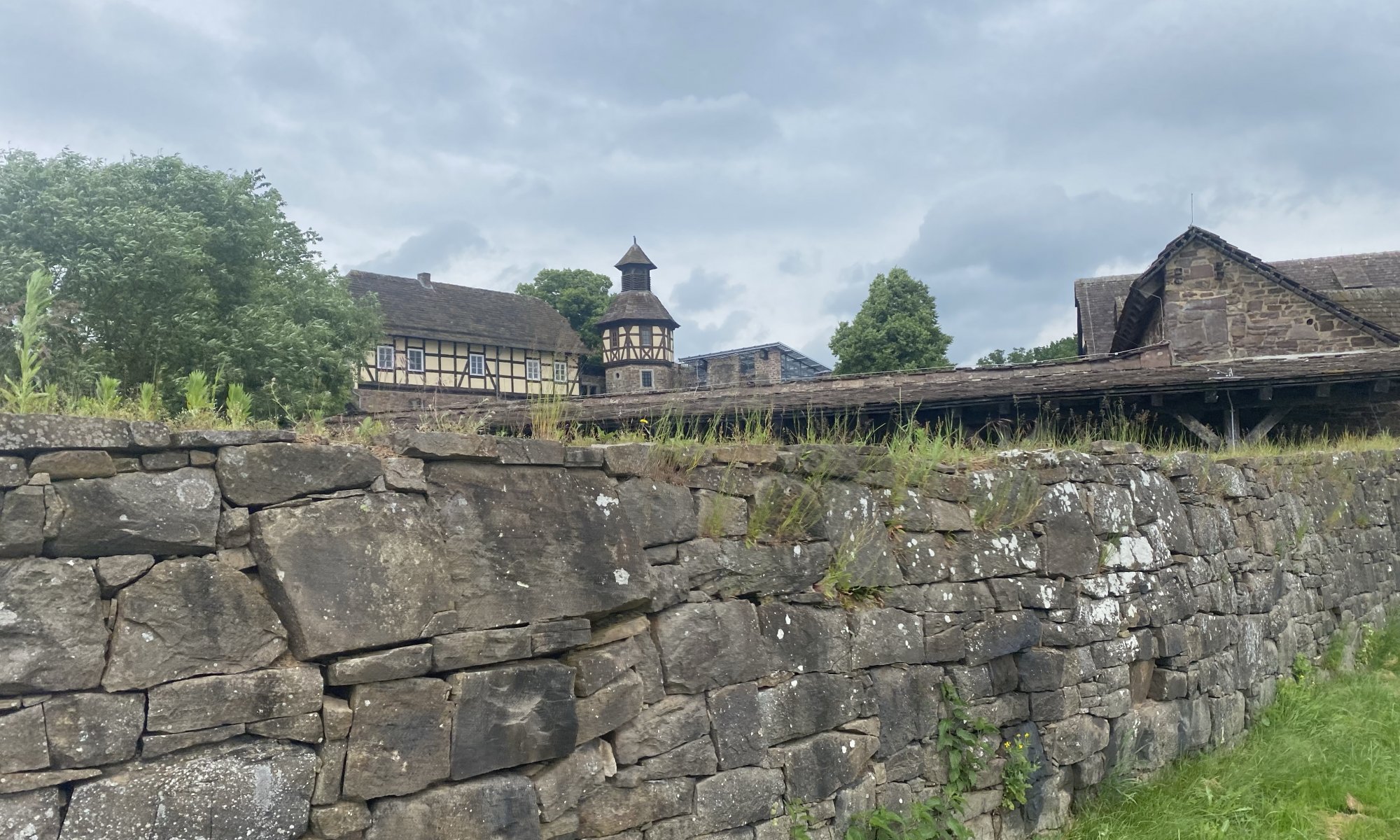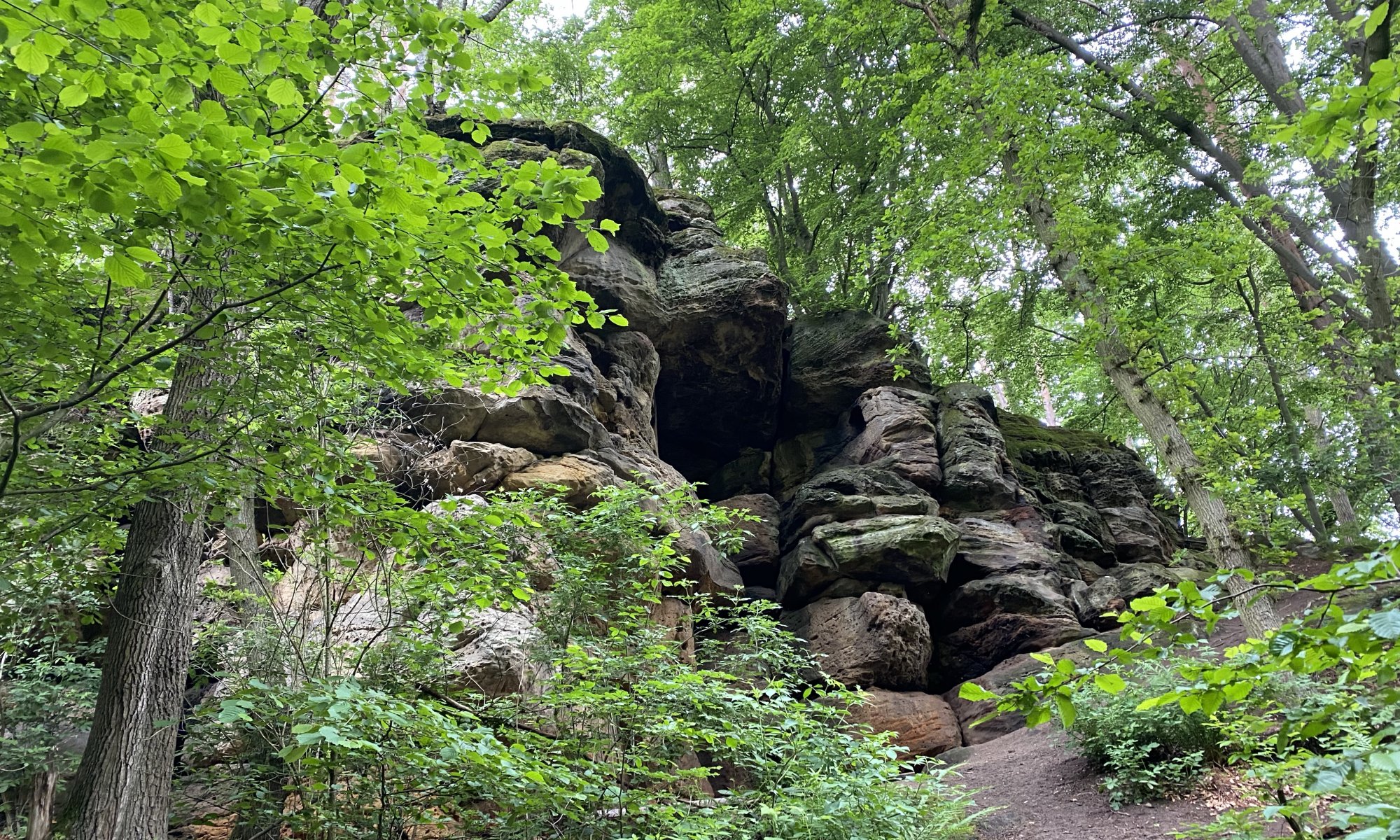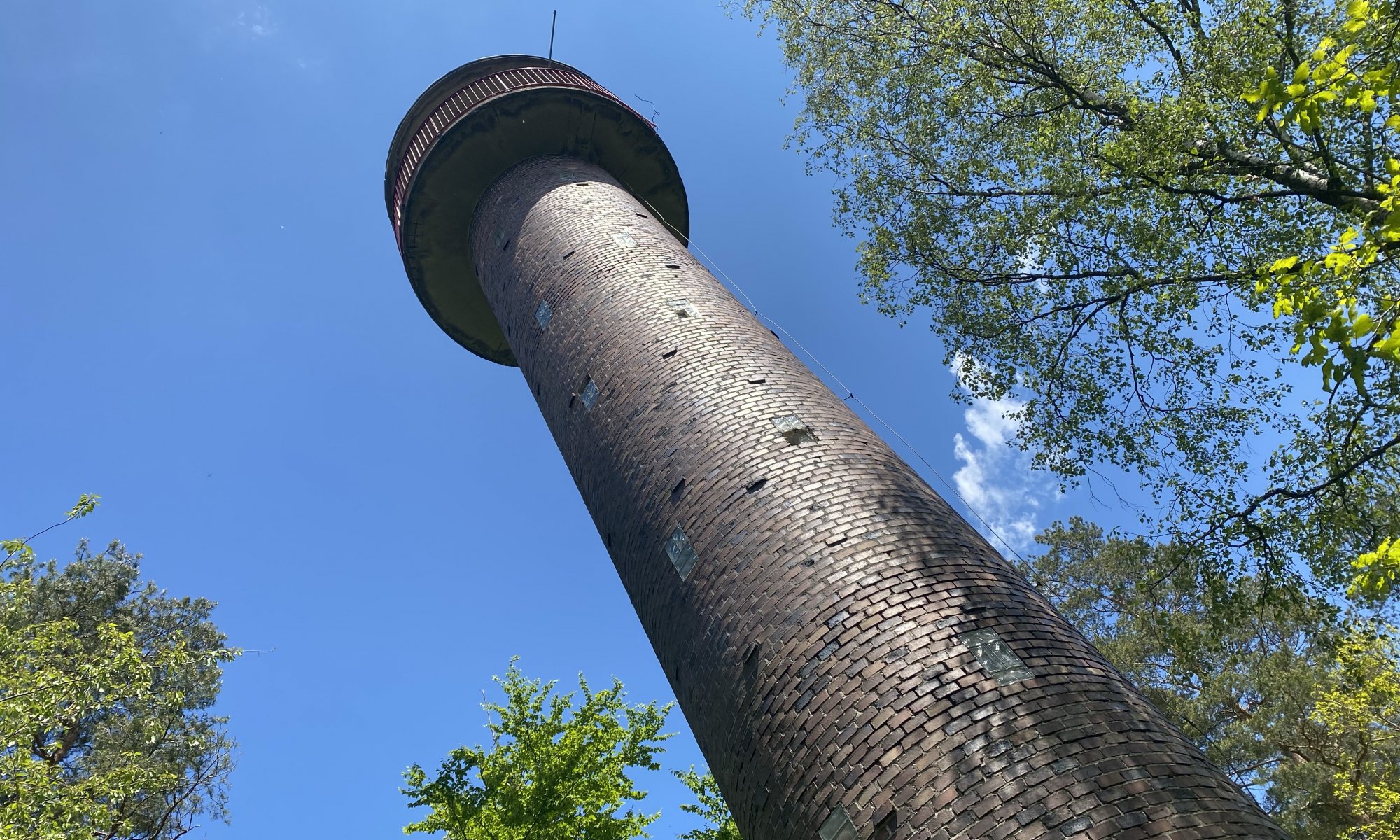Is it possible to see the Harz mountains from Göttingen? Not always, but sometimes. The Brocken is 60 kilometers afar, but from the Harzblick tower you’ve got a fair chance. The 35 meters high tower is located near the Mackenröder Spitze in the forest of the city. It was first built in 1897 and had to be rebuilt more than once. In 2021 it was refurbished again and from its top you can see the Seeburger See and the Gleichen – and on good days also the Harz mountains.
Continue reading “Harzblick”Schloß Pyrmont
The most impressive building at Bad Pyrmont is the Baroque-style castle from the 18th century located in a well-protected fortification dating back to the 16th century CE. It was used as a summer residence, but you can also find traces of war as it was besieged and conquered multiple times, even by Swedish troops. Still today the fortification is impressive with a wide moat, high walls, and a long bridge over which you can reach the castle. The tunnel leading you inside has a specialty; it is bended so that nobody can shoot inside. Throughout the castle grounds you can find many chambers and passages to discover.
Continue reading “Schloß Pyrmont”Hyllige Born
If you like to taste different flavors of water, then Bad Pyrmont might be the right destination for you! For health treatments seven springs can be found throughout the city: the Hylliger Born, Helenenquelle, Friedrichquelle, Wolfgangquelle, Hufelandquelle and the Trampel’sche Quelle. They give water that contains calcium, magnesium, carbonate, sulphate and sodium. It’s a tradition to drink these waters to improve your health. In addition, there is also the Salinenquelle which can only be used to swim in its waters and a carbon dioxid gas spring that is also used to cure illnesses.
Continue reading “Hyllige Born”Most northern palm garden in Europe
When you get old in Germany or suffer a serious illness then you will most probably have a Kur – a treatment at a health spa payed by your health insurance company. This includes different treatments, courses and sometimes drinking water from healthy springs. For that you’re travelling to a Kurort, a spa town that you can most often recognize in Germany by the town name having a ‘Bad‘ at the beginning. You will have nice walks in a special garden, the Kurpark, where you can relax and often listen to classic music. This is financed by a special tax, the Kurtaxe that everyone has to pay if he visits such a place. And sometimes you also get a Kurschatten (literally a ‘treatment shadow’) a person of the opposite sex that you’re spending most time with. Weird Germany.
Continue reading “Most northern palm garden in Europe”Die Läuferin
If you’re strolling or jogging on the Wall you will definitely pass her: Die Läuferin (‘The Runner’). The artwork is located at the Albaniplatz and fits well to this place as many people use the Wallanlagen for running. It was designed fifteen years ago by the artist Joachim Eriksen, living in Göttingen. To finance it he measured the green ring around the city and calculated that it is 3210 meters long. Each of these meters he sold to a person in more than 200 cities in Germany and also 70 cities around the world. A wonderful project!
Continue reading “Die Läuferin”Klauskopfturm
Hidden in the forest of the Klauskopf mountain you can find a watchtower made of stone, the Klauskopfturm or Rieder Turm. It belongs to the village Riede which is part of Bad Emstal, Germany. The tower was built in 1857 and is 17 meters high.
Continue reading “Klauskopfturm”Hessenturm
The Niedensteiner Kopf is a 475 meters high mountain close to the small city of Niedenstein, Germany. It is a good strategic point and therefore there was also a fortress built in the year 1160 CE which was used for more than 400 years – some remains can still be seen today. In 1931 a watchtower was created on top of the mountain: the Hessenturm. It changed over time but it is still there and attracts hikers and families on excursions.
Continue reading “Hessenturm”Ostriches, cow tongues & rhubarb cake
The Wasserschloss Wülmersen is a wonderful place and a good destination for an excursion in the middle between Trendelburg and Bad Karlshafen. The name is a little bit misleading as it is not really a castle – it is a farm that dates back to the 12th century CE. In the past it was partially surrounded by a moat, therefore it received the name water castle or Wasserschloss.
Continue reading “Ostriches, cow tongues & rhubarb cake”Hollenkammer
I really love the sandstone formations hidden in the forests of Northern Hesse and Lower Saxony. You can explore caves, climb on top of them, touch the moss surrounding them or just enjoy the cooler temperatures close to these rocks on hot days. One of these places is the Hollenkammer, a cave close to Volkmarsen, Germany.
Continue reading “Hollenkammer”101 steps to heaven
If you’re travelling towards the Ofenberg mountain at Wolfhagen, Germany, and don’t know your target yet you might get a little bit afraid. The first thing you will see is the steep and high Isthaberg mountain and you might think: ‘That’s not what I’ve agreed to‘. But don’t worry: the Ofenberg is also steep but not as horrible as this vast mountain.
Continue reading “101 steps to heaven”